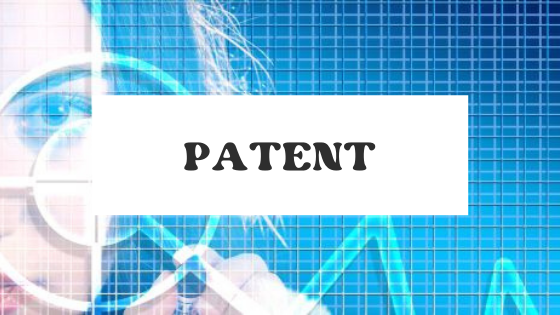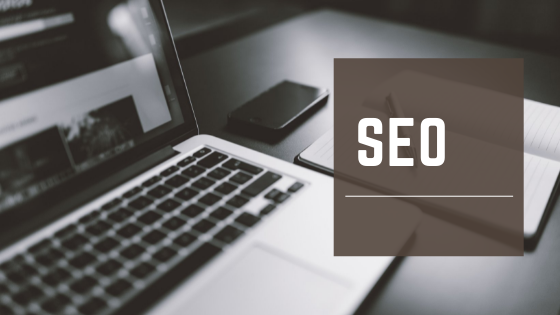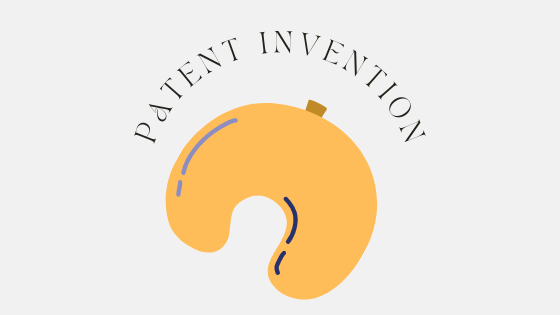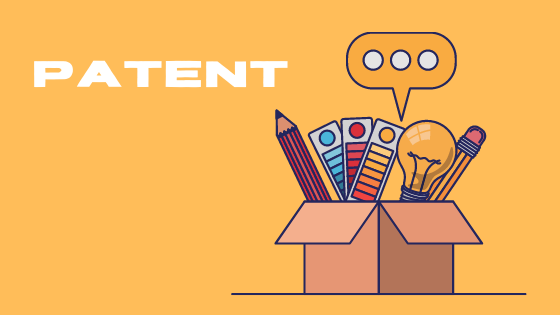What to Do with New Invention
In order to obtain protection for your invention, you need to go through the process of securing a patent. This is a process that can be extremely complicated, and any mistake can lead to expensive and time-consuming results that could ultimately give someone else the time necessary to secure the patent that you seek. Therefore, having a patent agency, such as InventHelp patent invention agency, is highly recommended.
Types of Patents
The first decision that should be made when you seek patent protection is the type of patent you should pursue. Below are the most common choices available:
Utility patent – A utility patent is one that deals with an actual invention. These patents cover something that’s a process, a machine, a manufactured item or a composition of matter, which can be described as ideas that have been reduced to tangible practice. An approved utility patent provides protection for 20 years if it was filed after June 8, 1995.
Provisional application – A provisional application presents a choice for an inventor. This application provides the inventor with a one-year period to explore the invention further in order to determine if it is commercially viable. If that 12-month period passes without filing a non-provisional application, then the protection of the invention is lifted.
Design patent – A design patent allows an inventor to enjoy protection for a new design for an article of manufacture. A design patent only protects the outward appearance of the invention, however, and not the functional features.

Patent Requirements
Regardless of the type of application that the inventor chooses, the law does require that certain standards be met in order for an application to be considered for a full-fledged patent approval. Below are those four statutory requirements or tests:
The statutory classes – Any invention must fall into at least one of five types of valid inventions:
- Processes
- Compositions of matter
- Machines
- Manufactured items
- New uses of any of the above
Utility – The invention must be considered ‘useful.’ This means that the invention must actually perform some function, no matter how intangible, and it cannot simply be a working theory regarding some product or phenomenon.
Novelty – The invention must be novel, in that it must be unique and unlike anything that’s already been invented.
Nonobvious – An invention must not be overly obvious to someone who possesses the average amount of skill and knowledge in the particular area of that invention.
Aside from filing a valid application that meets all of the statutory requirements and tests as listed above, the applicant must also pay the filing fee, which can range anywhere between $2,000.00 and $2,500.00. Find much more information about patents and the patenting process on how to patent something with InventHelp article.








